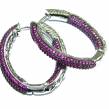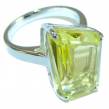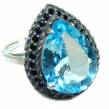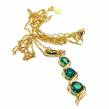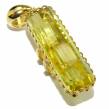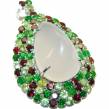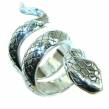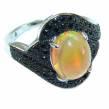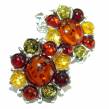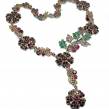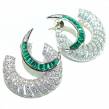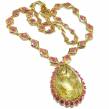Why Do Wound Care Products And Medications Contain Silver?
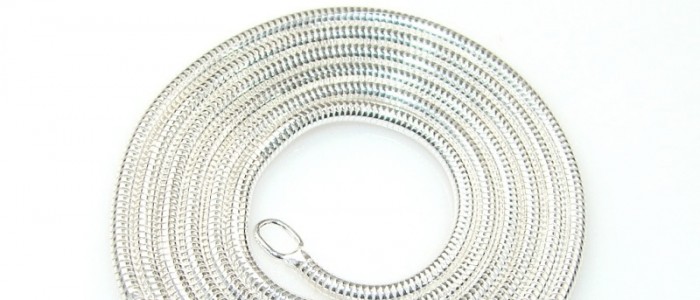
It might seem like a strange concept, but the properties of silver mineral can be used in wound care products for skin treatments. Used for centuries already for treating wounds with its antibacterial properties to ensure no further infections, surgeons began to use silver sutures during the 19th century in order to make incisions during surgeries. Since then, the use of silver in treating medical wounds has been used in other methods from bandages, ointments, to eye drops.
Silver Care Products for Wounds and Operation
Found in foil sheets to cover wounds and as an antiseptic to specifically help treat burn wounds might seem like a strange concept since we use to earring silver in the form of jewelry. So just how exactly does silver help treat our skin? Although foil with silver was used during operation to help avoid infections and since the 1960s a product called silver sulfadiazine has been used to help treat burn wounds.
Such products contain the silver mineral because of the spectrum antimicrobial properties that can be used to treat against forms of bacteria in dressing bandages. By using silver in modern bandages, the healing process can be further progressed by promoting the healing of the wound and killing infectious bacteria by doing the following:
- It can decrease the activity of the matrix metalloproteinase
- Helps to block the respiratory cycle of bacterial wall membrane
- Helps to decrease the need for excessive white cells
- Regulates inflammation
- Increase calcium levels
Not only does silver help with extreme wounds such as burned skin with topical dressings and bandages, but it can help heal minor wounds as well including wounds such as ulcers. The silver ions found in dressings and bandages creates a reaction that causes the bacteria’s physical structure to fall apart which helps to prevent bacterial growth and speed up the healing process. However, if a patient does have a metal allergy, consider other alternatives for helping to heal such wounds.
Combating Internal Infections
Unless you are allergic to silver, medical instruments and medications pose little threat to the health of you as a patient. Internal instruments such as urinary catheters and endotracheal breathing tubes are coated with a small bit of silver to help reduce the chance of any internal infection such as a urinary tract infection or pneumonia from the ventilator from occurring in a patient.
The Uses of Silver Sulfadiazine to Heal Infections
More specifically, silver sulfadiazine is a type of antibiotic drug that not only helps to heal severe burn wounds, but also helps stop bacteria from growing that could cause an infection in the skin tissue and blood (sepsis). When you apply it, be sure to wear sterile, disposable gloves so that the cream does not come into contact with anything else except for the burned skin. The burn wound should be thickly covered (over an inch) and always be covering the skin. Silver sulfadiazine is available as a cream and with the following brand names:
- Silvadene
- SSD Cream
- Thermazene
Like other medications, always consult your doctor first before using a product with silver sulfadiazine and note that it should not be used on infants less than two months of age. To use the product correctly, you should not stop applying it on a regular basis until your doctor tells you. Only they will be able to tell you to stop because your skin burn has fully healed. After you are able to stop using the product, wash the healed wound to remove dead skin on a regular basis.
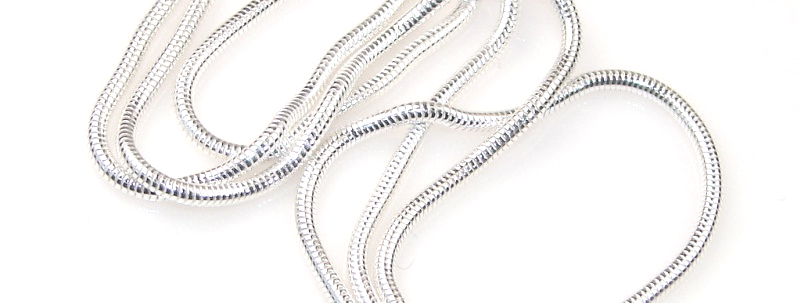
Silver Nitrate Eye Drops for Newborns
Although it is not recommended to give children under two months of age ointment with silver mineral to help heal wounds, it is possible to give silver nitrate eye drops to a newborn. Silver nitrate eye drops and other antibiotic drops are used to help prevent neonatal conjunctivitis or pink eye. Pink eye can be caused by various types of infection, irritation, or blocking of a tear duct. There are different types of neonatal conjunctivitis that can be carried or not carried by the mother and passed along during birth that silver nitrate eye drops can help prevent:
- Inclusion (chlamydial) conjunctivitis
- Chemical conjunctivitis
- Gonococcal conjunctivitis
- Other various types of conjunctivitis that can be bacterial or viral
Neonatal conjunctivitis can occur anywhere between one to two weeks after birth and most hospitals are required by the individual state law to put in eye drops such as those with silver nitrate to help prevent this infection.
Why Colloidal Silver is Not Healthy
The mineral silver may be used in several products and medications to heal wounds and prevent infections, but one form of silver, colloidal silver, is not safe to use to improve your health. Found in dental fillings, jewelry, and silverware; colloidal silver is a mineral that has also been used in products that can be digested with promotional taglines that claim it can help improve your immune system and prevent various forms of illness such as:
- Herpes
- HIV/AIDS
- Cancer
- Eye ailments
However, the Food and Drug Administration found that colloidal silver can be harmful and if taken in large doses, can cause argyria. Argyria is a blue-gray discoloration of the skin (including nails and gums), eyes, and internal organs. Skin discoloration is not the only concern because high level doses of colloidal silver can also lead to kidney damage and neurological health issues later on in life.
When you think about the word “silver,” wound care products may be the last thing on your mind because most likely fine jewelry and other products such as watches will pop into your head. Until now you might never have realized that this mineral is used in the bandages when you cut your finger or if you suffer from a severe burn.

